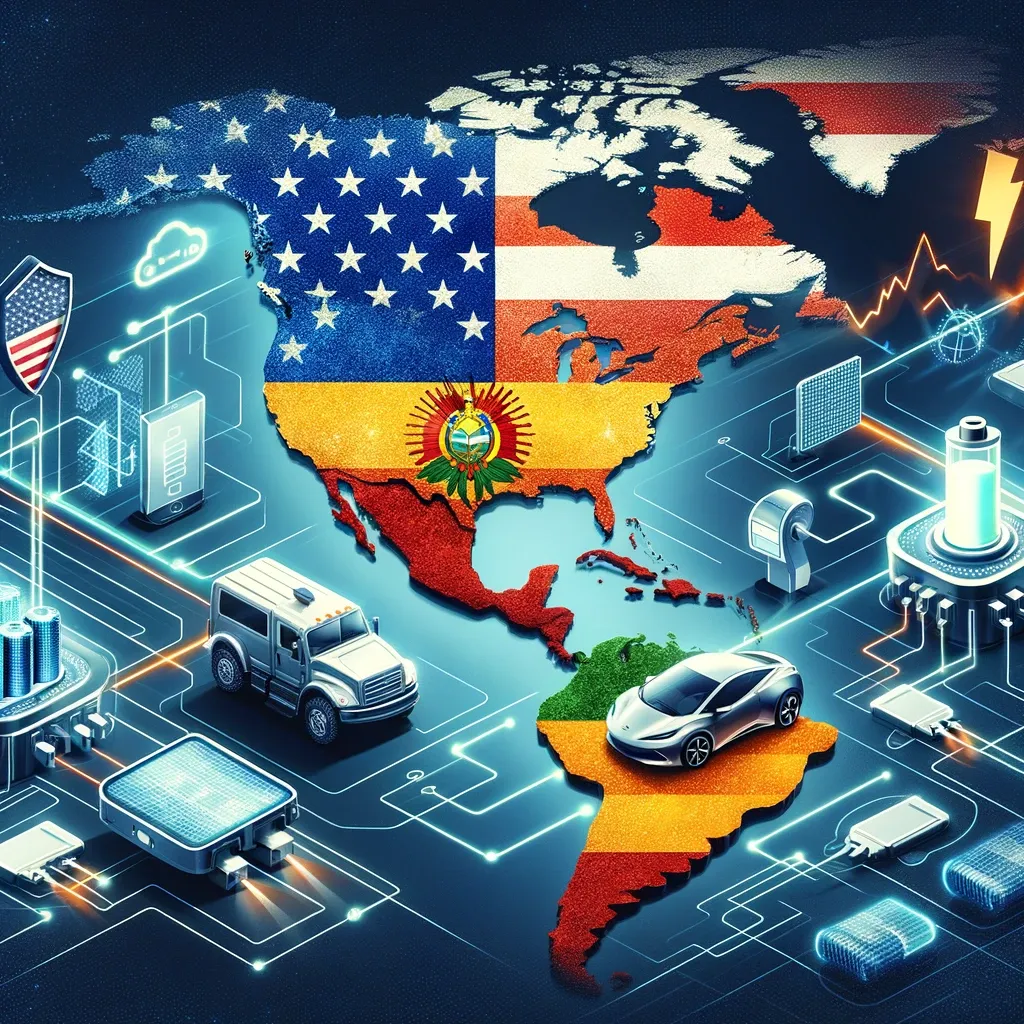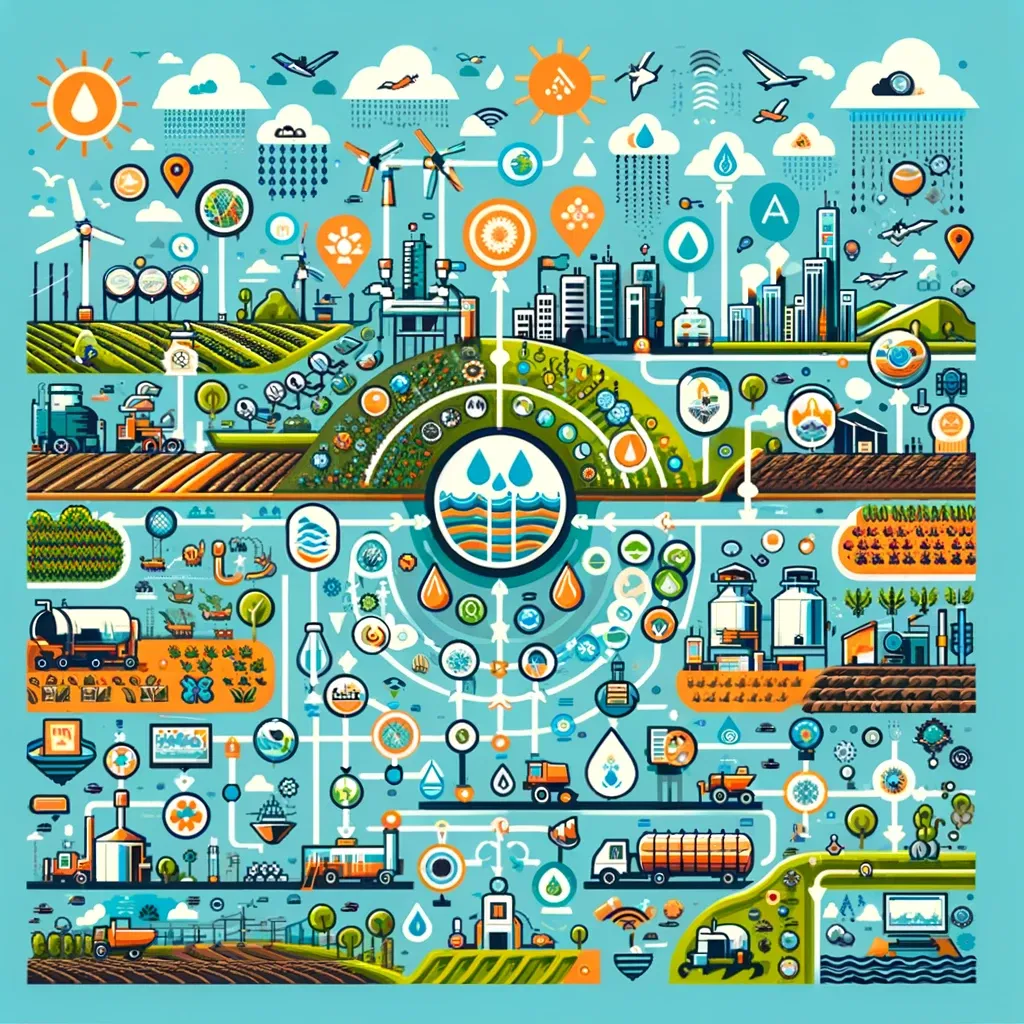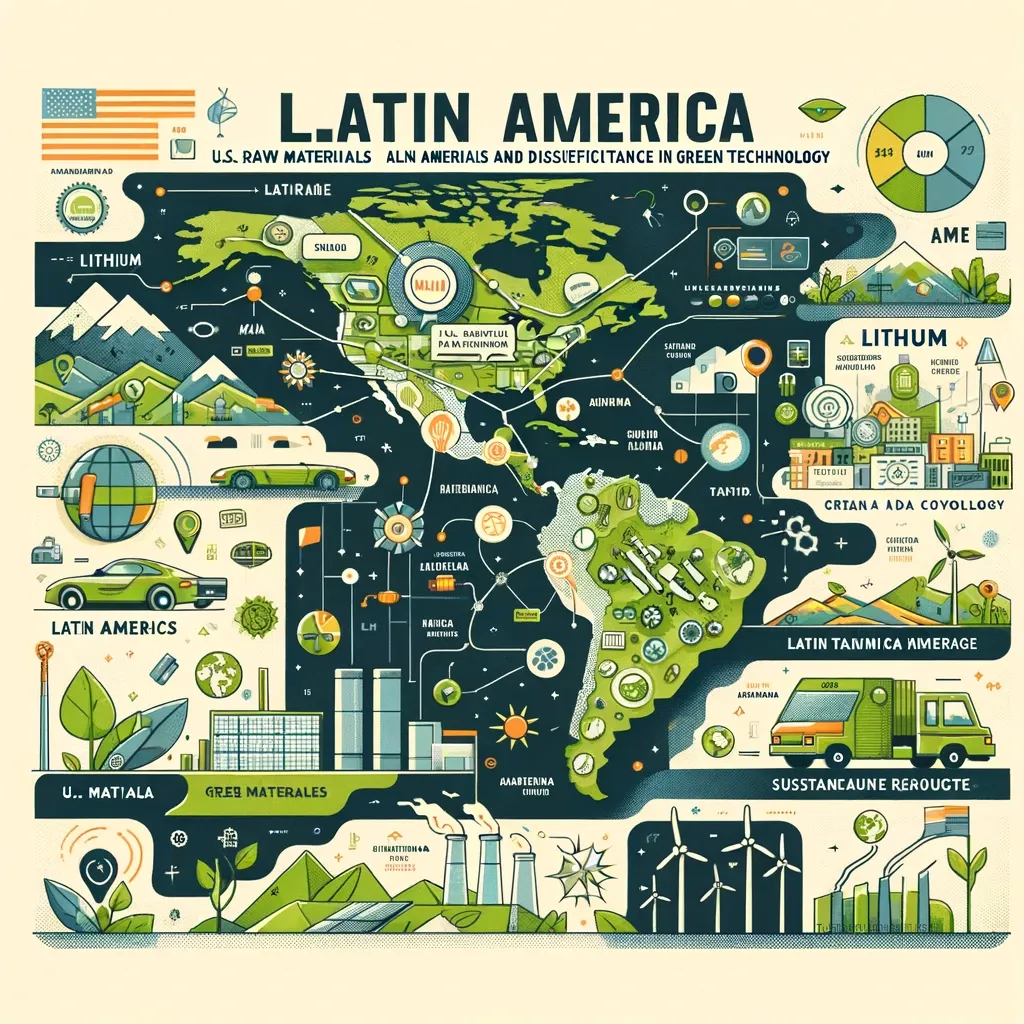Empowering Nicaragua: A Beacon of Renewable Energy in Latin America
Discover how Nicaragua's pioneering efforts in wind and geothermal energy are not just transforming its economy but also providing a groundbreaking solution to reduce illegal immigration to the U.S. by creating local opportunities.

Introduction: The Landscape of Opportunity
Nicaragua, a nation blessed with a plethora of natural resources, stands on the brink of an energy revolution. Its unique geographical position along the Pacific Ocean and Lake Nicaragua provides an ideal setting for renewable energy development, particularly in wind and geothermal sectors. This shift towards sustainable energy sources not only promises to transform Nicaragua's economic landscape but also offers a novel approach to mitigating illegal immigration to the United States.
The Winds of Change: Nicaragua's Leap Towards Sustainable Prosperity
In the heart of Central America, Nicaragua emerges as a pioneering force in the realm of renewable energy, showcasing a transformative journey toward wind and geothermal power. This bold stride marks Nicaragua's commitment to environmental sustainability and positions the nation as a crucial player in renewable energy U.S.-LATAM trade relations, emphasizing the pivotal role of renewable resources in fostering sustainable economic growth.
Wind Energy Development: Harnessing the Breezes of Progress
Nicaragua's landscape, blessed with consistent and powerful winds, has become the bedrock for its wind energy development. This venture into wind power underscores the country's innovative approach to leveraging natural resources and contributes significantly to Latin America's regional stability and economic independence. Through strategic partnerships and international cooperation in renewable energy, Nicaragua's wind energy sector exemplifies the vast potential of green investments in driving economic growth and reducing migration pressures by creating sustainable job opportunities.
Geothermal Energy: The Groundbreaking Power Beneath
Parallel to the advancements in wind energy, Nicaragua taps into the geothermal riches beneath its volcanic soil. This exploration of geothermal energy in Latin America, demonstrates the country's resolve to harness its natural resources and showcases the economic benefits of renewable energy. The development of geothermal power plants, aided by U.S.-Nicaragua renewable energy collaboration, highlights the critical role of green energy cross-border collaborations in establishing a robust renewable energy infrastructure in Nicaragua, pivotal for LATAM's journey towards energy independence and sustainable development.
Economic and Environmental Milestones: The Dual Pillars of Nicaragua's Strategy
The fusion of wind and geothermal energy in Nicaragua is a testament to the nation's holistic approach to achieving sustainable economic growth through renewable resources. This strategy aligns perfectly with the broader goals of reducing migration through sustainable job creation and fostering regional economic stability. Nicaragua's renewable energy initiatives catalyze green energy investments, underlining the interconnectedness of environmental sustainability and economic development.
A Model for LATAM and Beyond: Nicaragua's Renewable Energy Blueprint
Nicaragua's renewable energy achievements offer valuable insights and strategies for LATAM, emphasizing the significance of harnessing natural resources for energy. The country's success story in wind and geothermal power stands as a beacon for other nations in the region, encouraging the adoption of sustainable development strategies for LATAM that prioritize renewable energy as a cornerstone for regional stability and prosperity.
The Future is Green: Nicaragua's Commitment to Renewable Energy
Nicaragua's dedication to expanding its renewable energy portfolio promises to solidify its position as a leader in green energy within Latin America further. The ongoing efforts to enhance wind and solar power infrastructure and the nation's role in international renewable energy cooperation set the stage for a future where economic growth and environmental stewardship go hand in hand.

Conclusion: Nicaragua's Renewable Energy Vision - A Path to Sustainable Growth
Nicaragua's embrace of wind and geothermal energy marks a significant leap toward environmental sustainability and heralds a new era of economic prosperity and stability. By championing renewable energy, Nicaragua stands at the forefront of LATAM's journey towards a sustainable future, reinforcing the critical link between renewable energy development and sustainable economic growth within the U.S.-LATAM trade relations. As Nicaragua continues to harness the power of nature, it paves the way for a future where sustainable development and energy independence in Latin America is no longer unreachable.
=====
Did you know?
Did you know that U.S. SMEs can leverage AI Marketing to uniquely position themselves in Nicaragua's renewable energy sector, particularly in wind and geothermal energy? This approach isn't just about broad market engagement; it's about tapping into the specific dynamics of Nicaragua's energy transformation.
One focused strategy is utilizing AI for community-driven marketing. Nicaragua's push towards renewable energy is as much a local community effort as it is a national initiative. AI can analyze local community discussions and social media trends, helping U.S. SMEs create marketing campaigns that speak directly to the communities involved in or affected by wind and geothermal projects. This could involve highlighting how U.S. technologies can support local employment or contribute to regional energy independence, aligning with the narratives of economic growth and migration solutions.
Additionally, AI can aid in developing partnerships with Nicaraguan entities. Through data analysis, AI can identify potential local partners and key stakeholders within the wind and geothermal sectors. This helps U.S. SMEs to tailor their B2B marketing efforts, creating more effective business connections that resonate with the needs and goals of local industries.
AI-driven analysis of regulatory and policy changes within Nicaragua can also provide U.S. SMEs with insights into how to align their marketing and product offerings. This ensures that their services meet not only current demands but also upcoming regulatory shifts, positioning them as proactive and informed market players.
Moreover, AI can tailor marketing approaches to highlight U.S. SMEs' role in supporting sustainable development and addressing migration issues. By aligning their marketing content with these national priorities, U.S. businesses can enhance their appeal to both government entities and the public, presenting themselves as contributors to Nicaragua’s broader socio-economic goals.
Lastly, AI’s role in content localization goes beyond translation, adapting marketing materials to reflect Nicaragua’s cultural context and values. This deep level of customization helps build trust and rapport with both consumers and business partners, fostering long-term relationships.
By adopting these specific AI Marketing strategies, U.S. SMEs can effectively navigate and contribute to Nicaragua's growing focus on wind and geothermal energy, aligning with the country's path towards sustainable economic development and addressing key issues like migration.





























